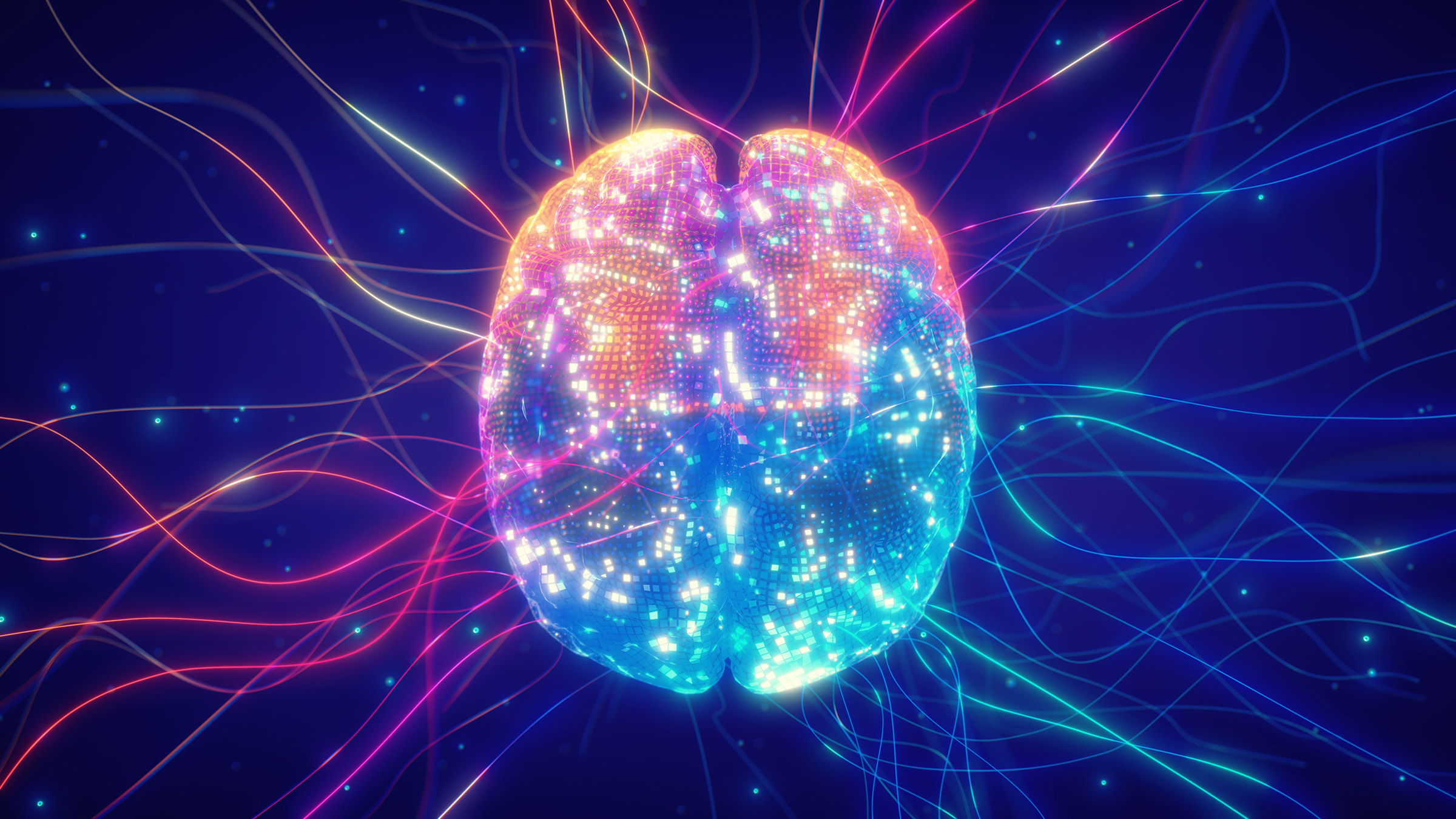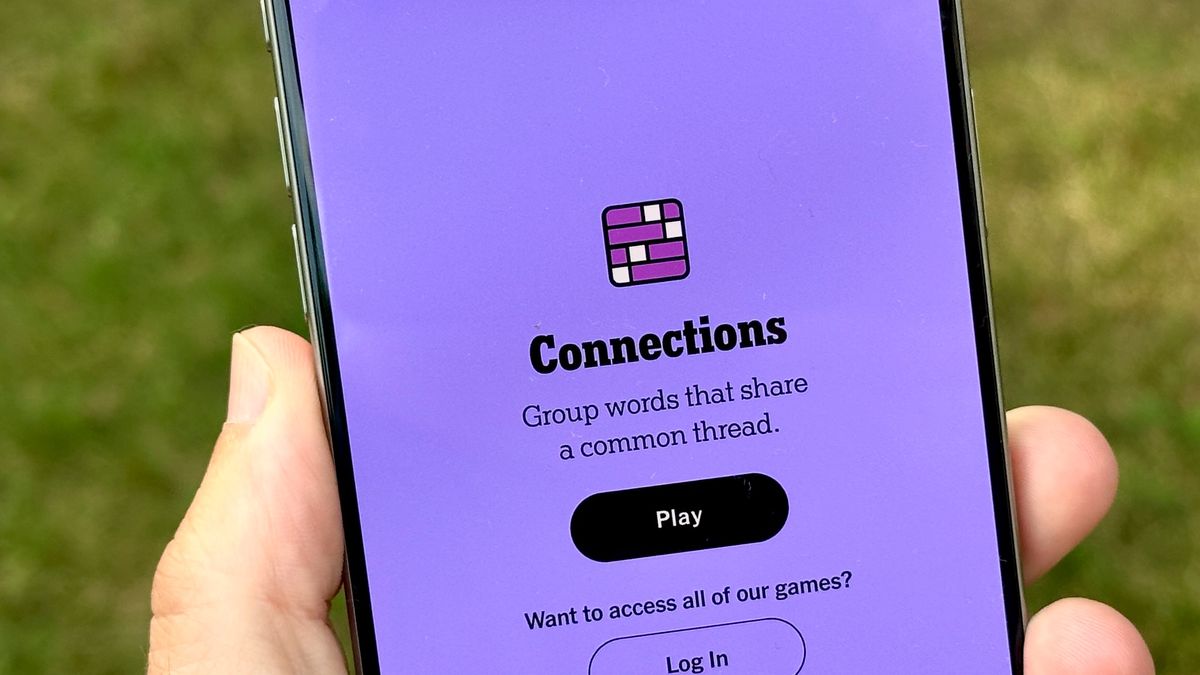If you’ve ever felt like anxiety is taking over your brain, you might have been on to something. Neuroscience now confirms that chronic anxiety doesn’t just alter your mood—it reshapes the structure and function of your brain. But new research is offering hope: these anxiety brain changes aren’t set in stone. In fact, they can be reversed.
Research and reports reveal that just eight weeks of targeted treatment can restore balance in critical areas affected by anxiety. Participants in one study showed a 15% reduction in amygdala hyperactivity and major improvements in prefrontal cortex function—two brain regions central to emotional regulation.
So, what exactly happens in the brain when anxiety takes hold? Well, it starts with the amygdala, your brain’s built-in alarm system. When you’re under stress, the amygdala becomes hyperactive, constantly scanning for danger. Over time, this reactivity becomes more automatic and exaggerated.
At the same time, the prefrontal cortex—responsible for logic, decision-making, and calming the amygdala—grows weaker. That’s the crux of anxiety brain changes: a stronger fear response and weaker emotional control. But this imbalance caused by anxiety brain changes isn’t irreversible.
A growing body of research shows that the adult brain is far more adaptable than we once believed. The concept of neuroplasticity, which is the brain’s ability to rewire itself, means that even deeply ingrained anxiety patterns can be changed.
Cognitive Behavioral Therapy (CBT), for example, has been shown to restore healthy communication between the prefrontal cortex and amygdala, an area that anxiety brain changes heavily target. By challenging anxious thoughts and avoiding avoidance behaviors, CBT strengthens the brain’s “brake system” over fear responses.
Mindfulness meditation is another powerful tool. Studies show it increases gray matter density in the prefrontal cortex and reduces the size and reactivity of the amygdala. Even just eight weeks of regular mindfulness practice can produce measurable changes, researchers claim. Then there’s exposure therapy. This is the act of gradually confronting feared situations.
This method targets the fear circuitry directly. Repeated exposures to your fears can build a stronger, healthier response over time, reshaping the brain’s pathways back to where they were before the anxiety brain changes took hold. And, of course, consistent exercise rounds out the list.
Physical activity boosts brain-derived neurotrophic factor (BDNF), a protein that supports neuron growth and connectivity. This creates the perfect environment for rewiring anxiety brain changes. Understanding how fear gets “stuck” in our brains, and even how we overcome instinctive fears can both help us better understand anxiety and the changes it makes to our brains.
What’s especially exciting is the shift toward personalized treatment. Scientists are learning to identify unique brain activity patterns in people with anxiety, opening the door to more targeted therapies. Someone with strong amygdala reactivity might respond best to mindfulness, while someone with prefrontal cortex underactivation might benefit more from neurostimulation or CBT.
For the millions living with anxiety, this research marks a turning point. The brain is not broken—it’s simply been rewired by experience. And with the right tools, it can be rewired again. The future of anxiety treatment isn’t just about coping, it’s about change.










